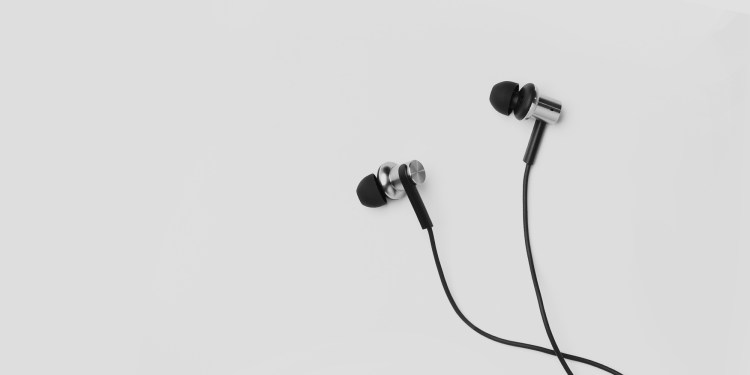China-based Mi (formerly Xiaomi) has been working to show that it’s more than just a phone manufacturer, even branching out into its own class of accessories. Earlier this month, the company released its latest high-fidelity earbuds and, while they’re not available for order in the U.S., VentureBeat has spent the past couple of weeks with them to bring you this review.
These new earbuds emerged on the market earlier this month and are priced at approximately $15 (99 ¥). For those who care about the specifications, the earbuds weigh about 0.5 ounces, come with a 4-foot cable, and are available in silver. The appearance, from the packaging to the aesthetic look of the Mi millet ring iron headphones, is intended to convey the feeling of a luxury accessory, without your needing to break the bank to buy them.
Let’s be honest, when you think of earbuds, Mi may not necessarily be on the shortlist of brands you’d be willing to try — you’re probably looking at Beats by Dre, Monster, Bose, or Skullcandy, right? But as Mi inches closer to launching its ecommerce store in the U.S., it’s hoping that greater exposure in one of the world’s largest markets will help boost its standing.
Mi has created this headset with a two-sound unit to provide you with more treble detail and surging bass, thanks to the use of both iron and moving coil units. The company designed the iron unit to minimize distortion. Here’s how Mi describes its effort:
Self-developed patented iron structure, high-precision assembly technology, enables more compact unit volume; patented one-piece “armature + drive lever” structure, to avoid the solder off, and thus more solid, sound and stable, low distortion. We also add it to the capacitive divider, natural convergence of high school bass.
As for the moving coil unit, the company utilized what it calls a patented “sandwich” diaphragm structure. The goal of all of this was to really maximize your listening experience, and I must say, when I had it attached to my iPhone with Spotify on, the sound was sharp and clear. In running a test, I found the bass and treble extension to be at 20 Hertz and 17 kHz, respectively, with a dynamic range of 48 decibels below full-scale.
The cable on the Mi earbuds felt good, as they’re made of Kevlar fibers that are rather durable and didn’t seem like they would tangle right away — the company says this helps to better protect the wiring so you’re not going to have to replace them every few months. The end pieces come sheathed in thermoplastic elastomer, or TPE, designed to minimize friction that comes from rubbing against clothing. With this extra precaution, the headset is better protected against unwanted noise interference.
There’s even a wire microphone in the headset, complete with an MEMs microphone with 58 decibels of high range signal-to-noise ratio to provide great call quality — you don’t have to have the microphone close to your mouth for people to hear you.
The ear pieces felt quite comfortable in my ear, while also boasting an ergonomic design — it’s not like a traditional headset where you just slip them in, but rather has a design that fits into your ear canal to direct the sound, making sure that as few beats escape out into the public as possible.
While using the earbuds on the MUNI bus system in San Francisco, and also recently on an airplane, I found they were really good at minimizing the ambient noise of people talking and the roar of the engines, allowing me to focus on my music. And I didn’t necessarily need to have the volume turned up in order to hear what was coming through the earbuds. They felt really comfortable in my ear and were snug enough that I felt assured that even when I had the volume up, it wasn’t blaring outward loudly enough that the person next to me would be able to easily Shazam my selection.
Overall, the quality of Mi’s millet ring iron headphones are pretty good. They don’t look or feel cheap when you’re using them and they’re quite reasonably priced — assuming you can find them. They’re probably accessible in China, India, and wherever else Mi’s phones and accessories are readily available, but you can’t place an order on Amazon, that’s for sure.
For about $15, these headphones aren’t the cheapest ones on the market, but they are cheaper than the in-ear headphones by Bose and Monster Beats by Dre.
While I’m not a snob about headphones, after trying these out for a while, I must say that they’re worth giving a shot … if only I could find another pair.





